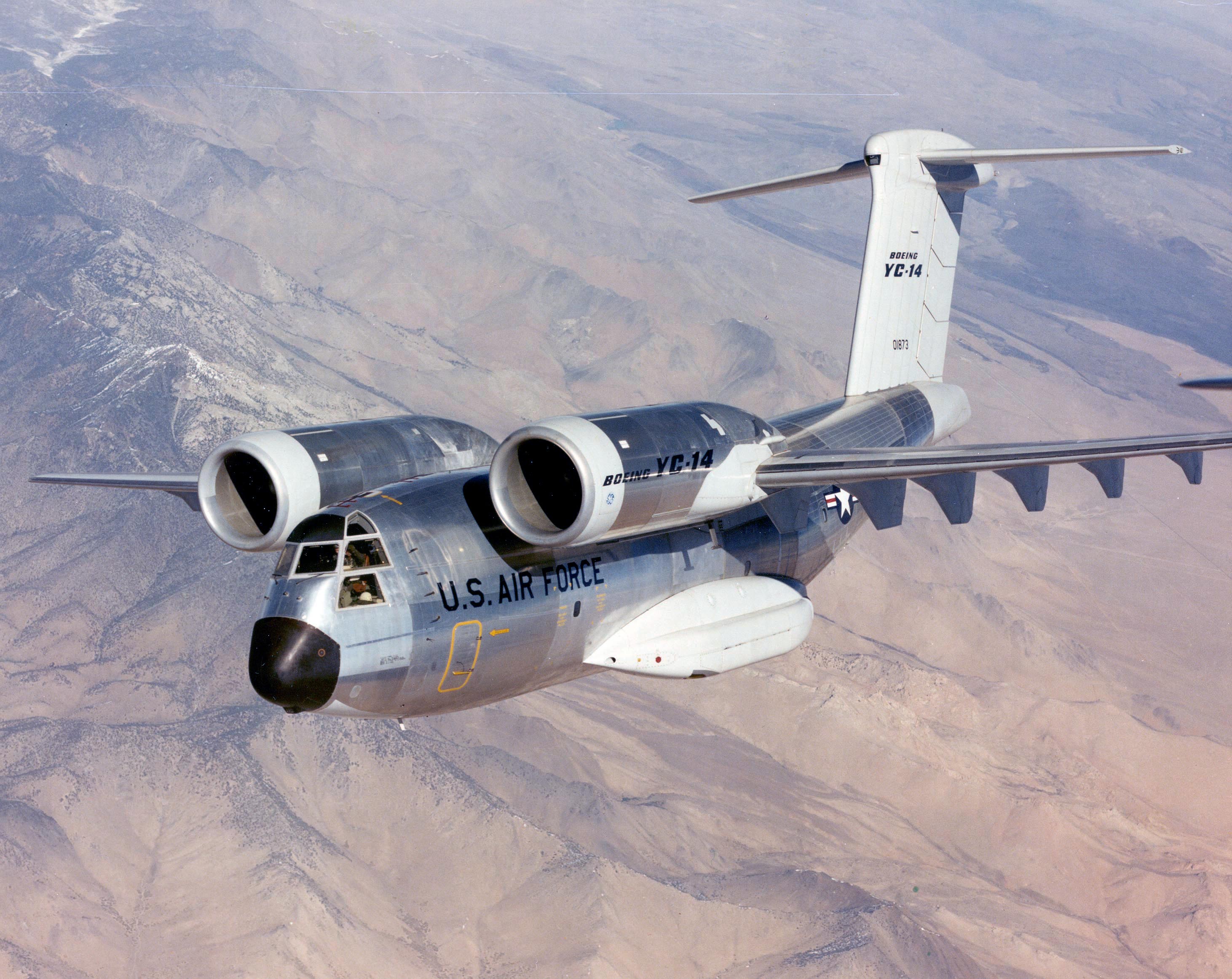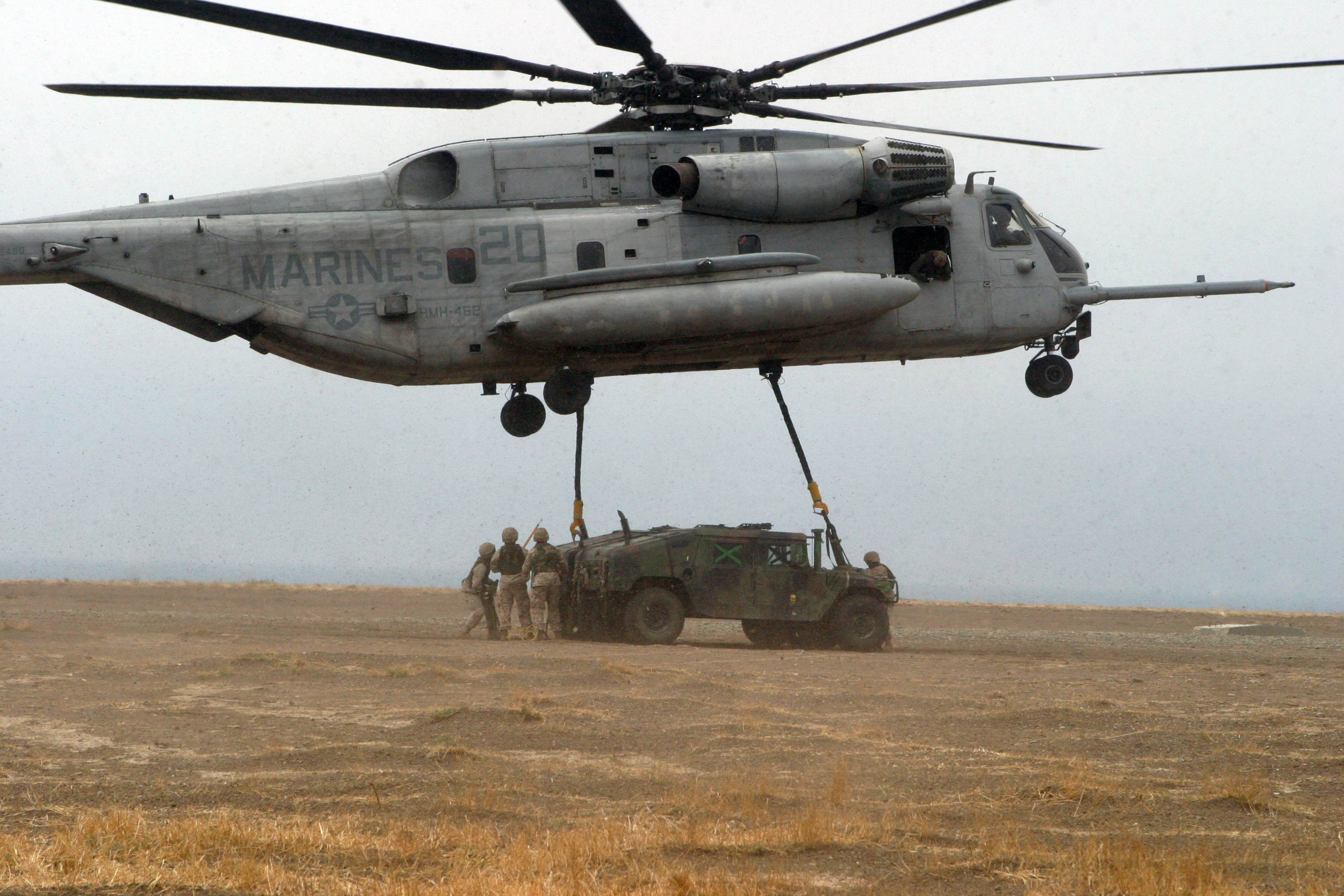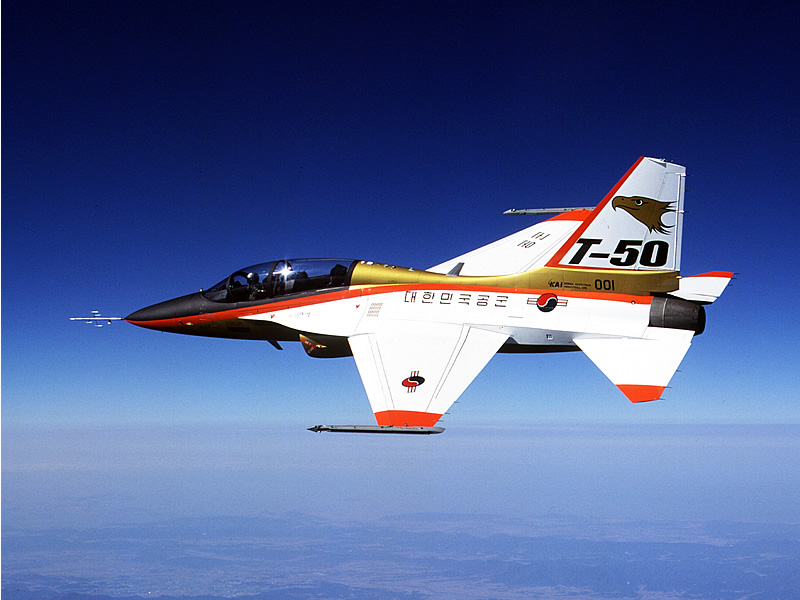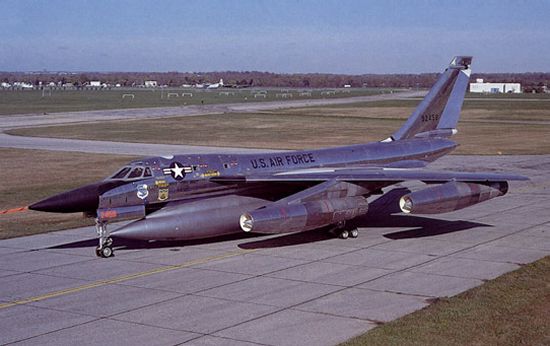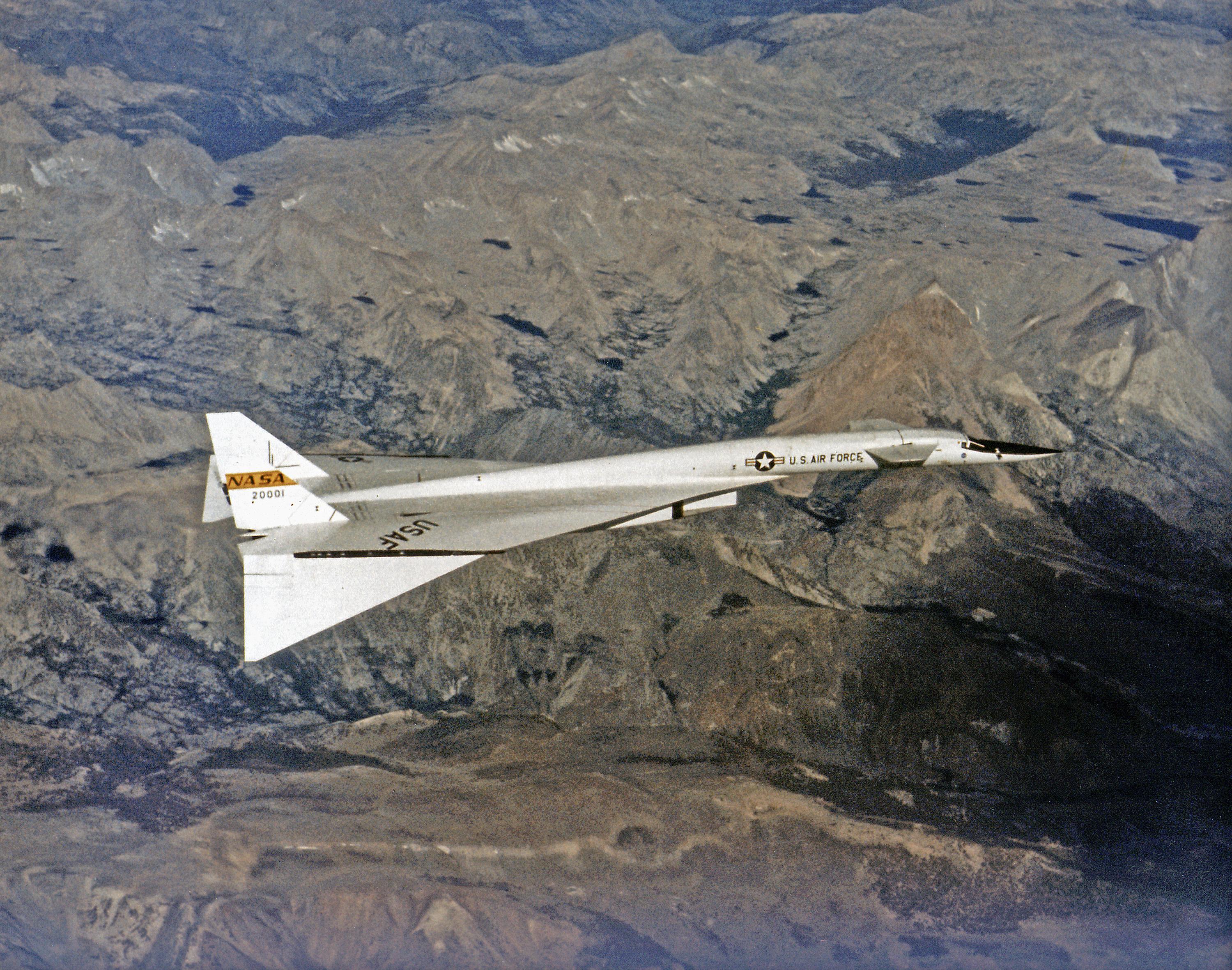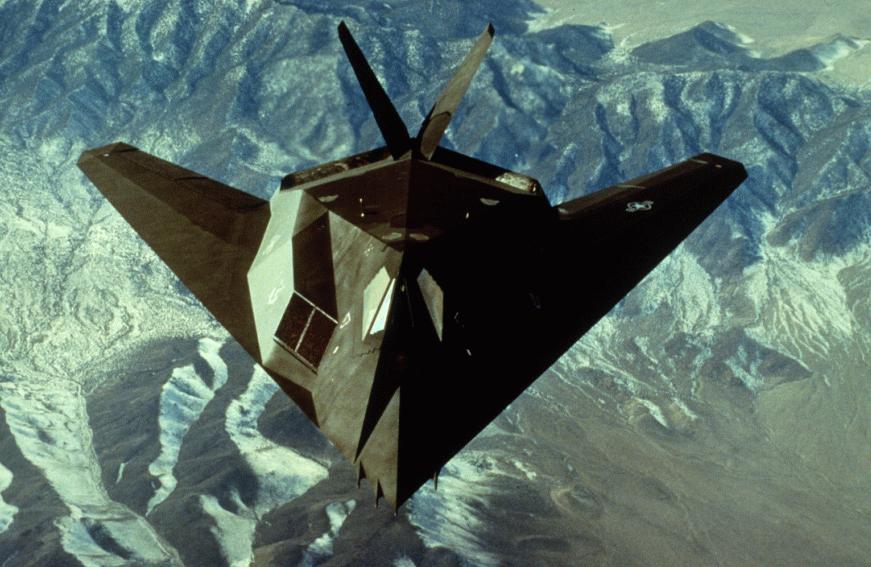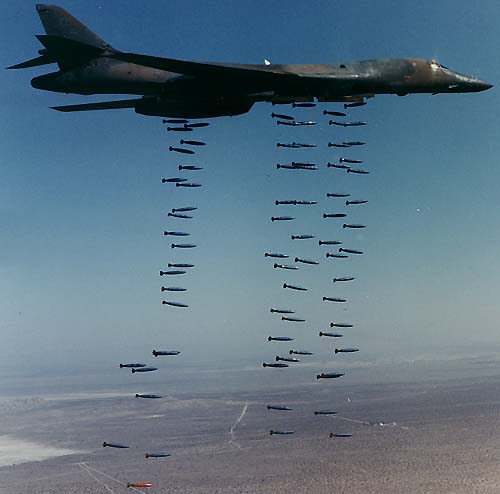The MQ-9 Reaper is a medium-to-high altitude, long endurance unmanned aircraft system. The Reaper's primary missions are close air support, air interdiction, and intelligence, surveillance and reconnaissance, or ISR. It acts as a Joint Forces Air Component Commander-owned theater asset for reconnaissance, surveillance and target acquisition in support of the Joint Forces Commander.The MQ-9 is a system, not just an aircraft. A fully operational system consists of several air vehicles (with sensors and weapons), a ground control station, or GCS, a Predator Primary Satellite Link, or PPSL, and spare equipment along with operations and maintenance crews for deployed locations.
The basic crew consists of a rated pilot to control the aircraft and command the mission and an enlisted aircrew member to operate sensors and weapons plus a mission coordinator, when required. To meet combatant commanders' requirements, the Reaper delivers tailored capabilities using mission kits that may contain various weapons and sensor payload combinations.
The MQ-9 baseline system carries the Multi-spectral Targeting System, or MTS-B, which has a robust suite of sensors for targeting. The MTS-B integrates an infrared sensor, a color/ monochrome daylight TV camera, an image-intensified TV camera, a laser designator and a laser illuminator into a single package. The full motion video from each of the imaging sensors can be viewed as separate video streams or fused together.
The unit also incorporates a laser rangefinder/designator which provides the capability to precisely designate targets for laser-guided munitions; such as the GBU-12 Paveway II. The Reaper is also equipped with a synthetic aperture radar to enable GBU-38 Joint Direct Attack Munitions targeting. The MQ-9B can also employ four laser-guided AGM-114 Hellfire missiles which possess a highly accurate, low collateral damage, anti-armor and anti-personnel engagement capability.
Each MQ-9 aircraft system can be disassembled and loaded into a single container for deployment worldwide. The entire system can be transported in the C-130 Hercules or larger aircraft. The MQ-9 aircraft operates from standard U.S. airfields with clear line-of-sight to the ground data terminal antenna which provides line-of-sight communications for takeoff and landing. The PPSL provides over-the-horizon communications for the aircraft and sensors.
An alternate method of employment, Remote Split Operations, employs a GCS for takeoff and landing operations at the forward operating location, while the CONUS-based crew executes the mission via beyond-line-of-sight links.
General Characteristics
The basic crew consists of a rated pilot to control the aircraft and command the mission and an enlisted aircrew member to operate sensors and weapons plus a mission coordinator, when required. To meet combatant commanders' requirements, the Reaper delivers tailored capabilities using mission kits that may contain various weapons and sensor payload combinations.
The MQ-9 baseline system carries the Multi-spectral Targeting System, or MTS-B, which has a robust suite of sensors for targeting. The MTS-B integrates an infrared sensor, a color/ monochrome daylight TV camera, an image-intensified TV camera, a laser designator and a laser illuminator into a single package. The full motion video from each of the imaging sensors can be viewed as separate video streams or fused together.
The unit also incorporates a laser rangefinder/designator which provides the capability to precisely designate targets for laser-guided munitions; such as the GBU-12 Paveway II. The Reaper is also equipped with a synthetic aperture radar to enable GBU-38 Joint Direct Attack Munitions targeting. The MQ-9B can also employ four laser-guided AGM-114 Hellfire missiles which possess a highly accurate, low collateral damage, anti-armor and anti-personnel engagement capability.
Each MQ-9 aircraft system can be disassembled and loaded into a single container for deployment worldwide. The entire system can be transported in the C-130 Hercules or larger aircraft. The MQ-9 aircraft operates from standard U.S. airfields with clear line-of-sight to the ground data terminal antenna which provides line-of-sight communications for takeoff and landing. The PPSL provides over-the-horizon communications for the aircraft and sensors.
An alternate method of employment, Remote Split Operations, employs a GCS for takeoff and landing operations at the forward operating location, while the CONUS-based crew executes the mission via beyond-line-of-sight links.
General Characteristics
- Crew: None onboard (controlled remotely by pilot and sensor operator)
- Landing Type: runway
- Launch Type: runway
- Length: 36 ft (11 m)
- Wingspan: 66 ft (20 m)
- Height: 12.5 ft (3.6 m)
- Empty weight: 4,900 lb (2,223 kg)
- Fuel Capacity: 4,000 lb (1,800 kg)
- Max takeoff weight: 10,500 lb (4,760 kg)
- Power Plant: Honeywell TPE331-10 turboprop engine, 900 shp (671 kW), with Digital Electronic Engine Control (DEEC)
- Maximum speed: (482 km/h, 300 mph)
- Cruise speed: (276–313 km/h, 172–195 mph)
- Range: 1.000 nautical miles (1.852 km)
- Endurance: 14–28 hours (14 hours fully loaded)
- Payload: 3,800 lb (1,700 kg)
- Internal: 800 lb (360 kg)
- External: 3,000 lb (1,400 kg)
- Service ceiling: 50,000 ft (15 km)
- Operational altitude: 25,000 ft (7.5 km)
- Sensors
- Armament
- 7 hardpoints
- Up to 14 AGM-114 Hellfire air to ground missiles can be carried or four Hellfire missiles and two 500 lb (230 kg) GBU-12 Paveway II laser-guided bombs. The 500 lb (230 kg) GBU-38 Joint Direct Attack Munition (JDAM) can also be carried. Testing is underway to support the operation of the AIM-92 Stinger air-to-air missile.




